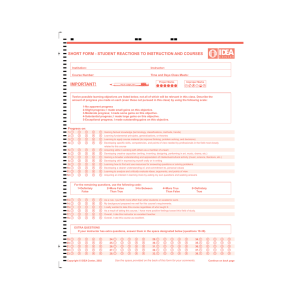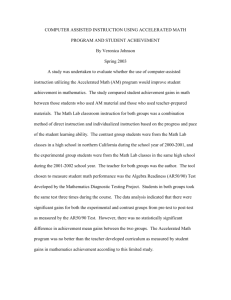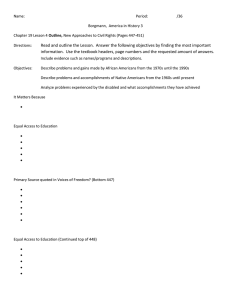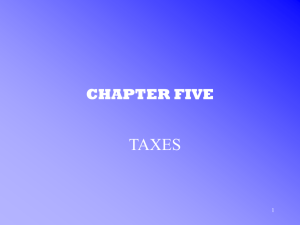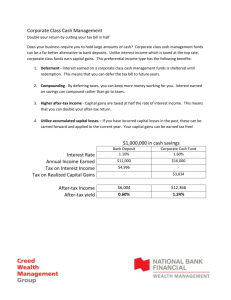Tax Rates on Capital Gains
advertisement
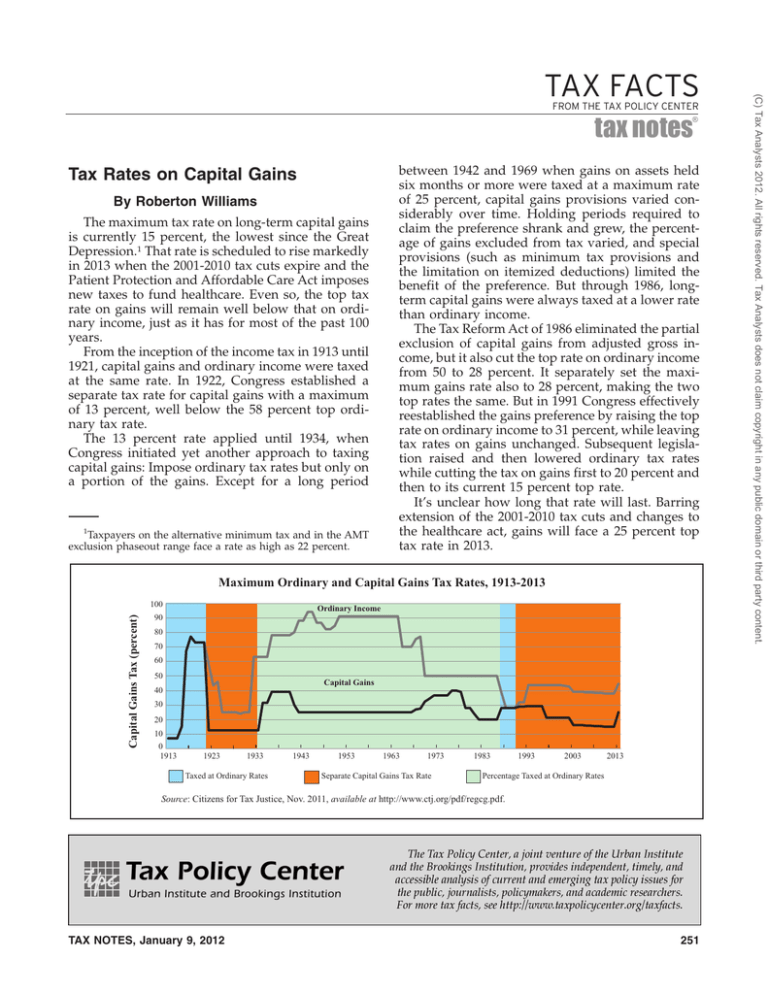
FROM THE TAX POLICY CENTER ® tax notes Tax Rates on Capital Gains By Roberton Williams The maximum tax rate on long-term capital gains is currently 15 percent, the lowest since the Great Depression.1 That rate is scheduled to rise markedly in 2013 when the 2001-2010 tax cuts expire and the Patient Protection and Affordable Care Act imposes new taxes to fund healthcare. Even so, the top tax rate on gains will remain well below that on ordinary income, just as it has for most of the past 100 years. From the inception of the income tax in 1913 until 1921, capital gains and ordinary income were taxed at the same rate. In 1922, Congress established a separate tax rate for capital gains with a maximum of 13 percent, well below the 58 percent top ordinary tax rate. The 13 percent rate applied until 1934, when Congress initiated yet another approach to taxing capital gains: Impose ordinary tax rates but only on a portion of the gains. Except for a long period 1 Taxpayers on the alternative minimum tax and in the AMT exclusion phaseout range face a rate as high as 22 percent. between 1942 and 1969 when gains on assets held six months or more were taxed at a maximum rate of 25 percent, capital gains provisions varied considerably over time. Holding periods required to claim the preference shrank and grew, the percentage of gains excluded from tax varied, and special provisions (such as minimum tax provisions and the limitation on itemized deductions) limited the benefit of the preference. But through 1986, longterm capital gains were always taxed at a lower rate than ordinary income. The Tax Reform Act of 1986 eliminated the partial exclusion of capital gains from adjusted gross income, but it also cut the top rate on ordinary income from 50 to 28 percent. It separately set the maximum gains rate also to 28 percent, making the two top rates the same. But in 1991 Congress effectively reestablished the gains preference by raising the top rate on ordinary income to 31 percent, while leaving tax rates on gains unchanged. Subsequent legislation raised and then lowered ordinary tax rates while cutting the tax on gains first to 20 percent and then to its current 15 percent top rate. It’s unclear how long that rate will last. Barring extension of the 2001-2010 tax cuts and changes to the healthcare act, gains will face a 25 percent top tax rate in 2013. Maximum Ordinary and Capital Gains Tax Rates, 1913-2013 Capital Gains Tax (percent) 100 Ordinary Income 90 80 70 60 50 Capital Gains 40 30 20 10 0 1913 1923 1933 Taxed at Ordinary Rates 1943 1953 1963 1973 Separate Capital Gains Tax Rate 1983 1993 2003 2013 Percentage Taxed at Ordinary Rates Source: Citizens for Tax Justice, Nov. 2011, available at http://www.ctj.org/pdf/regcg.pdf. TAX NOTES, January 9, 2012 251 (C) Tax Analysts 2012. All rights reserved. Tax Analysts does not claim copyright in any public domain or third party content. TAX FACTS


